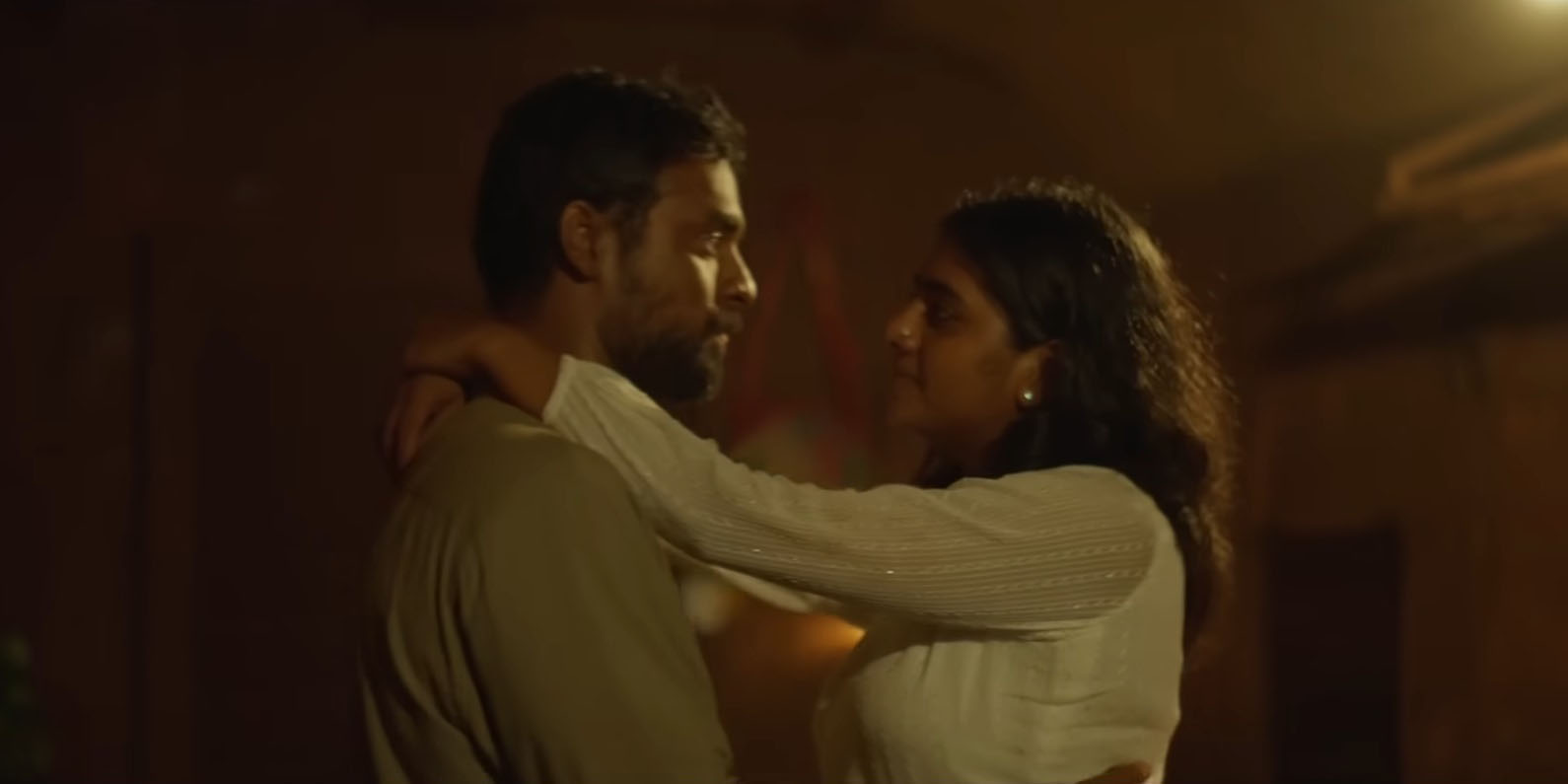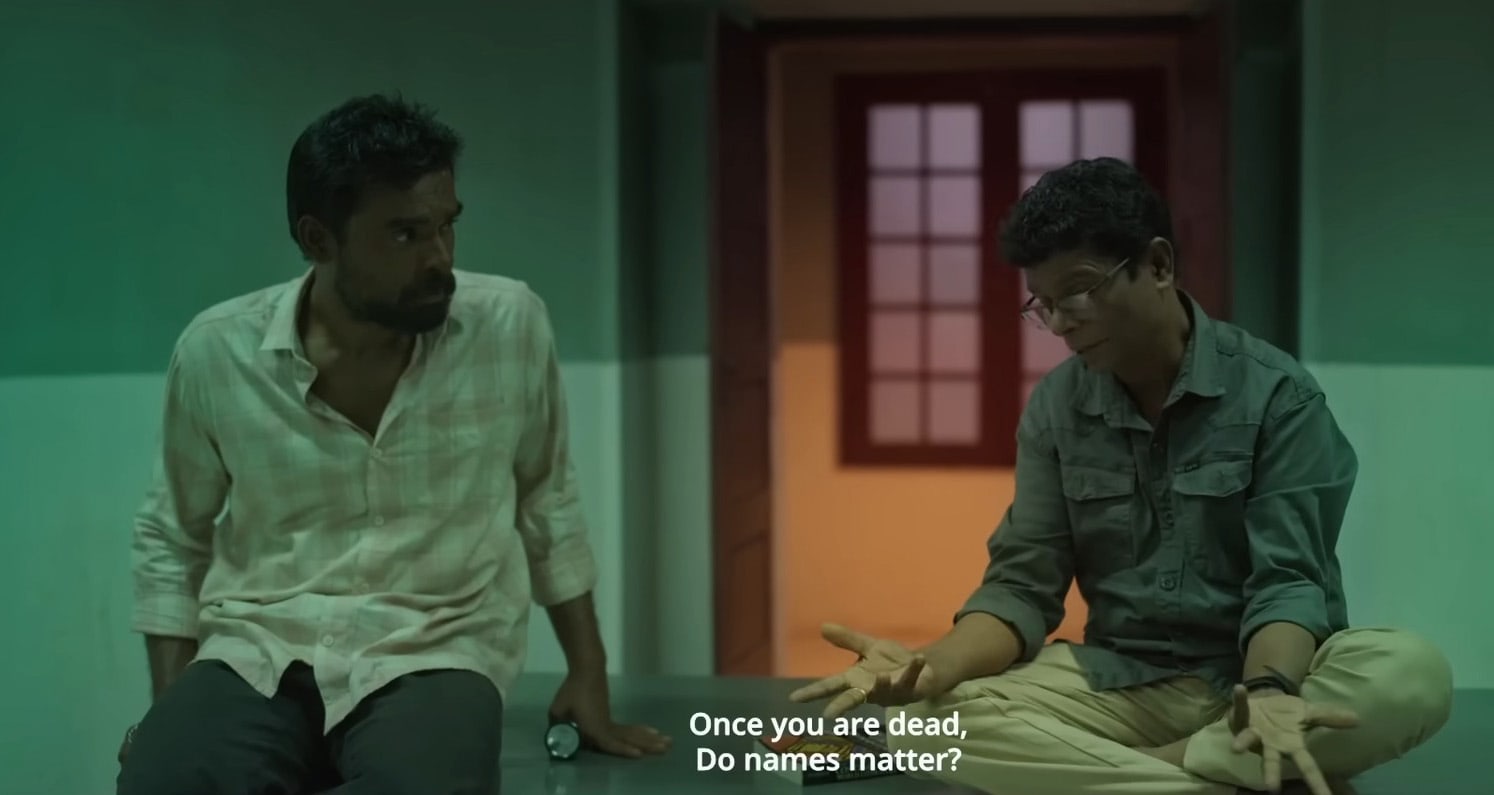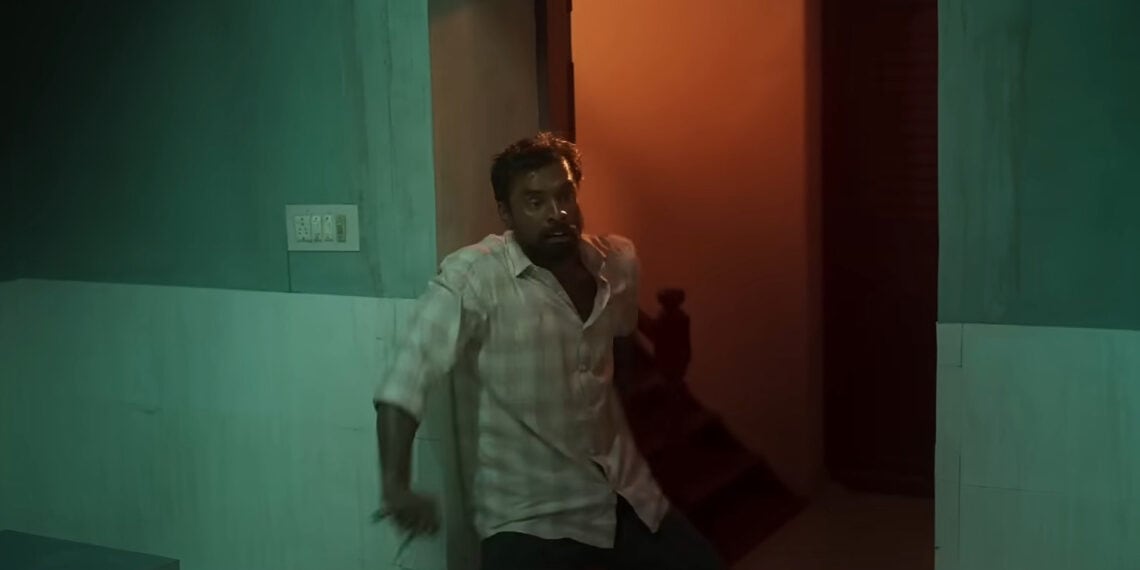Adrishya Jalakangal explores what happens when a person is given a peek into the unknown as he explores the wonders of the metaphysical realm. The film questions our perception of the world past our experience by fusing themes of love, conflict, and loss into a surrealistic story. The viewer is taken on an experience that crosses reality as the protagonist makes his way through this unfamiliar area, inspiring reflection on the mysterious parts of life.
After being freed from a mental institution, a young man goes back to his previous home. He starts working as an overnight watchman in a morgue as a part-time job, but he soon runs into weird and confusing events. As he struggles with these unsettling experiences, a story develops, posing concerns about where the lines are between what is known and what is unknown.
The story of this cinematic exploration begins when a mysterious window opens, providing a fresh viewpoint on the limitless void that lies outside the realm of human understanding. Adrishya Jalakangal encourages audiences to consider life’s mysterious and magical aspects, where the lines separating the real and spiritual are blurred.
Ending Explained
The very first scene of Adrishya Jalakangal shows cops taking homeless folks from the streets and locking them up. The government anticipates a war. Then we see the nameless character played by Tovino Thomas. He too was taken by police and was held at a mental health facility.

But then he returns to his previous home where he used to stay. Electronics is his passion, and at his made-up home at a railway station, an abandoned train coach, he has a lot of electrical equipment.
When he gets back to the train cart, he discovers Nimisha Sajayan’s character, a prostitute, has taken refuge in the coach next to him. Nimisha Sajayan’s character also does not have a name in this movie like the main character.
Another important part of the film is Tovino’s ability to communicate with the dead. In addition, he works as an assistant in a morgue in the area. He says he was only able to communicate with the dead after being admitted to the mental health facility. The dead speak to him about war and its consequences for ordinary people.
As the movie goes on, the characters played by Tovino and Nimisha grow to love one another despite their initial hatred. Moreover, they take on the role of guardians for two kids who lose their grandpa.
A writer and a few factory workers are among the dead characters in the story who provide important details. They have a discussion of the risks in the factory and the issues facing society. The man attempts to warn other people about the threats, but he is met with hostility.
In the end, there is an extremely challenging scenario. The prostitute murders two corrupt police officers, but the bodies and the children are gone when she returns with the man. A large group of people from earlier in the film, including those who had passed away, join the hunt for the missing children.
Adrishya Jalakangal ends with no definitive explanation for what happened. It implies that the children’s future is uncertain and that the main character and the prostitute may have been dead from the start as well. And this could be the reason why the man was able to talk to the dead. It could be a similar case to what we saw in the M. Night Shyamalan movie, The Sixth Sense.

Meaning Behind Adrishya Jalakangal Movie
Tovino’s character sees senior executives and security staff at the factory studying books and planning a concert in a scenario that follows a talk with the dead. Basheer, a writer, is killed by fascist soldiers after being shot, and music composer Biji Bal reappears as a musician.
Both of them talk with Tovino and provide an overwhelming “No War” message. Their discussion suggests that music and books can help spread love and knowledge, which can help put an end to violence.
It’s interesting to note that Tovino’s character enjoys music. In the same way, Dr. Biju highlights the roles played by women in his film. In one moment, the character played by Nimisha says, “It’s both my mind and my body, and I will choose what to do with it.”










